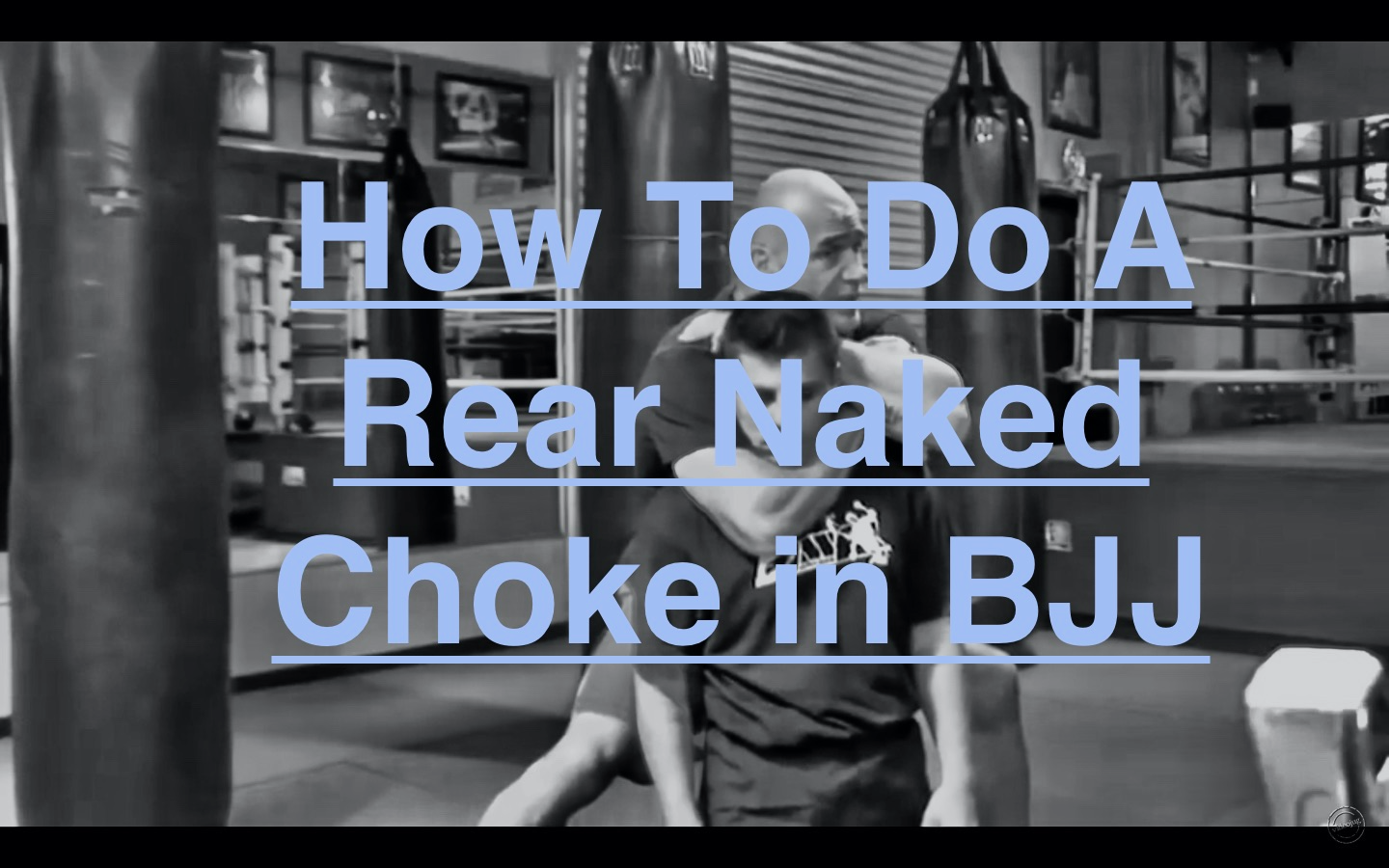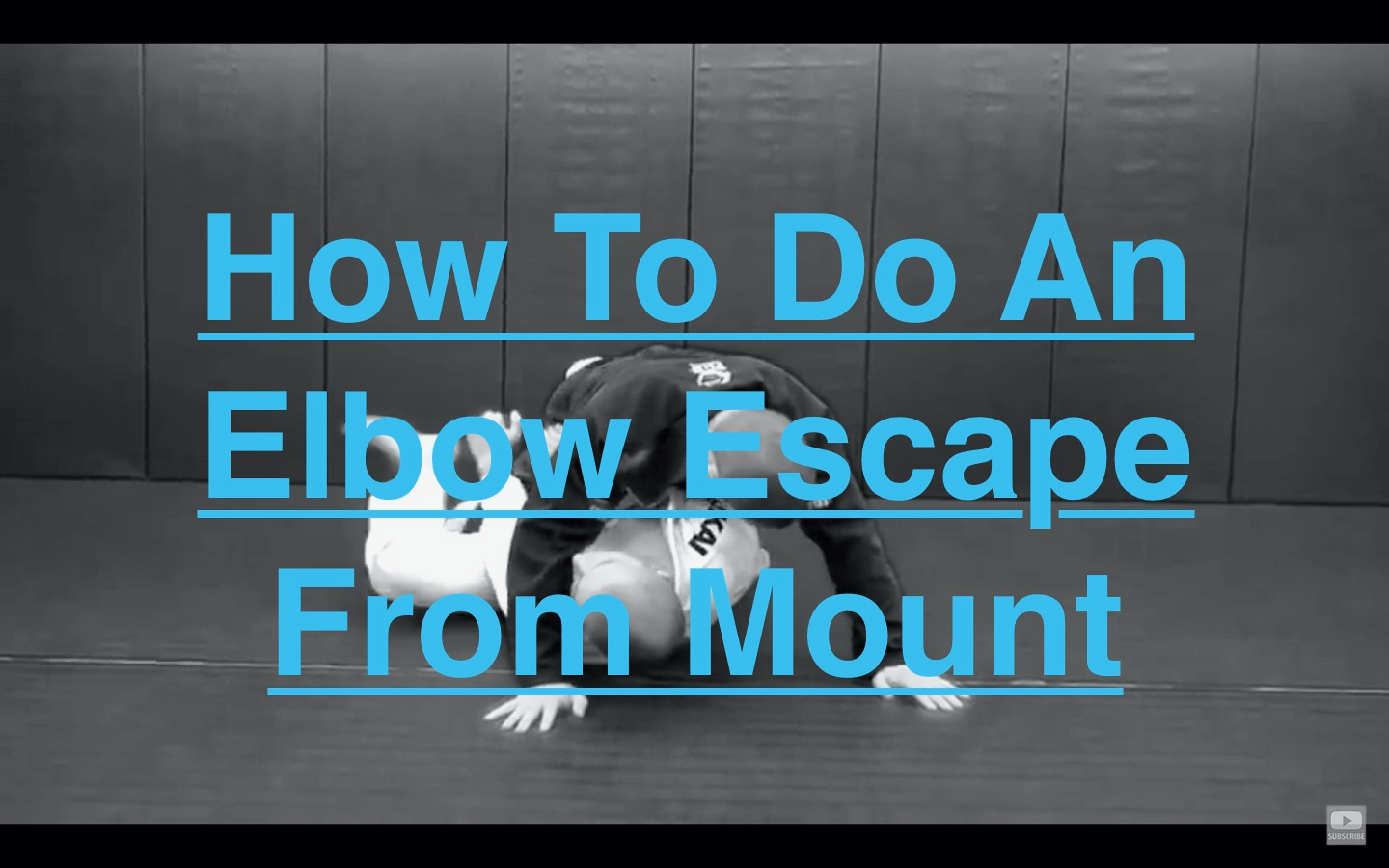
The Kimura is one of the first submissions you will learn as a Brazilian Jiu Jitsu fighter. The reason you’ll learn the Kimura so soon in BJJ, usually right alongside the arm bar from guard and triangle from guard, is because you will often find yourself in guard as a new BJJ fighter (after you’ve recovered from mount or side control that is) and the Kimura is a simple yet very effective BJJ technique. The Kimura uses a simple two-on-one arm attack to twist the opponent’s arm until they can’t take it anymore and submit and it also uses the human body and simple geometry to do all that rather than strength.
This video by Ryron and Rener Gracie shows the Kimura Forced Variation, which is a part of the Gracie How To Get a Blue Belt in BJJ guide.
Start: Closed guard
Step 1: Use one hand (on attacking side) to push their head to one side and slide the other arm around, trapping their head with your armpit and tricep
Step 2: Post with your opposite-side foot and get onto your same-side hip
Step 3: Shoot opposite-side arm over opponent’s arm, trapping it at the tricep
Step 4: Grip opponent’s wrist with your same-side hand
Step 5: Grip your own same-side wrist with your opposite-side hand
Step 6: Drive with both feet, elevate your hips, and drive your shoulders back, collapsing opponent
Step 7: Post your same-side foot inside opponent’s legs, trapping their leg, walk your shoulders and hips so that you are onto your opposite-side shoulder and hip
Step 8: Keep opponent’s arm bent at a 90 degree angle and push their wrist back and up towards their head
Finish: Submission by Kimura from Guard








